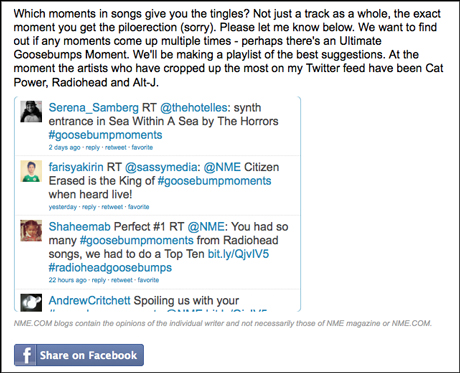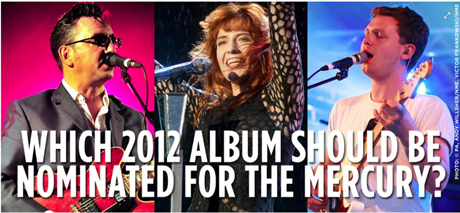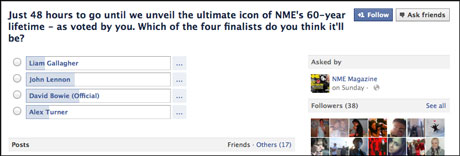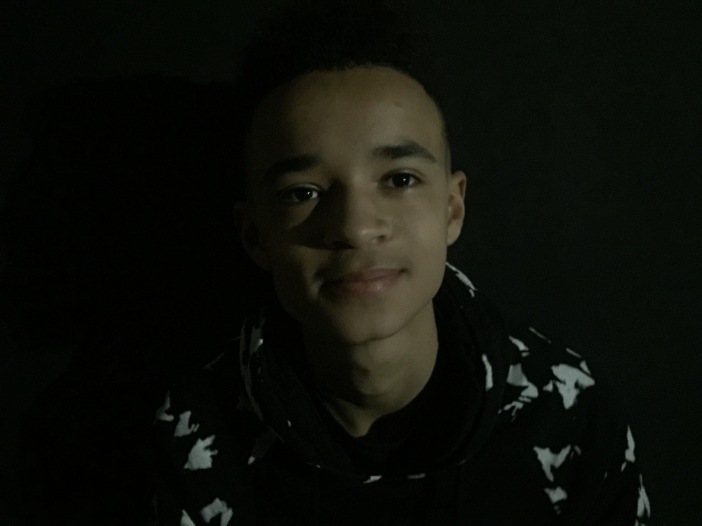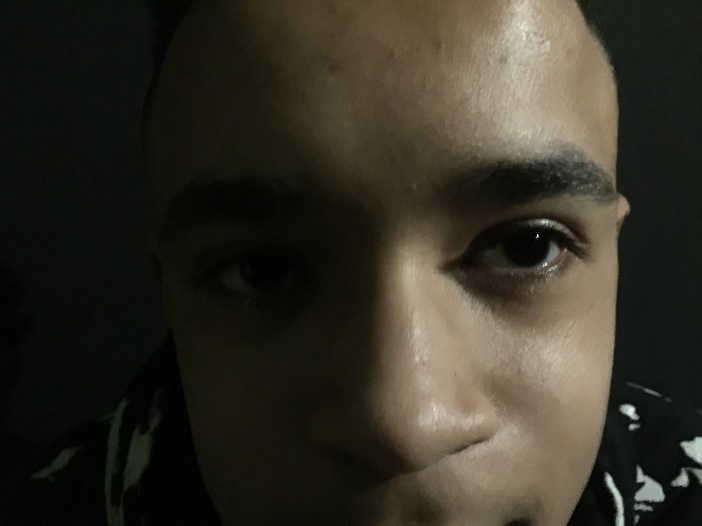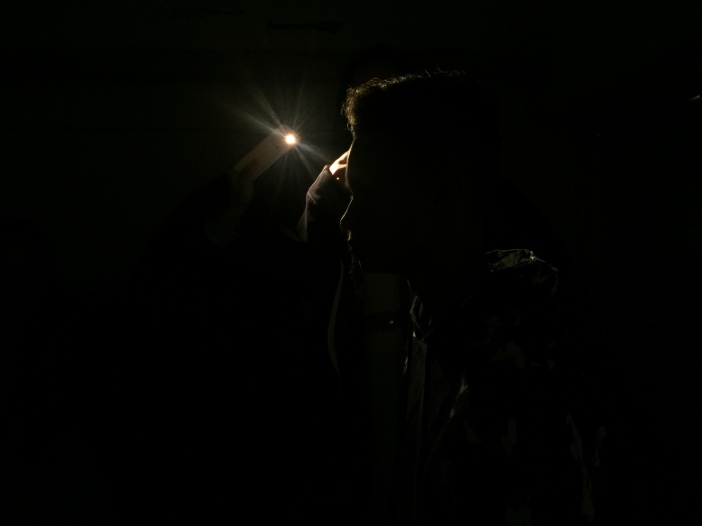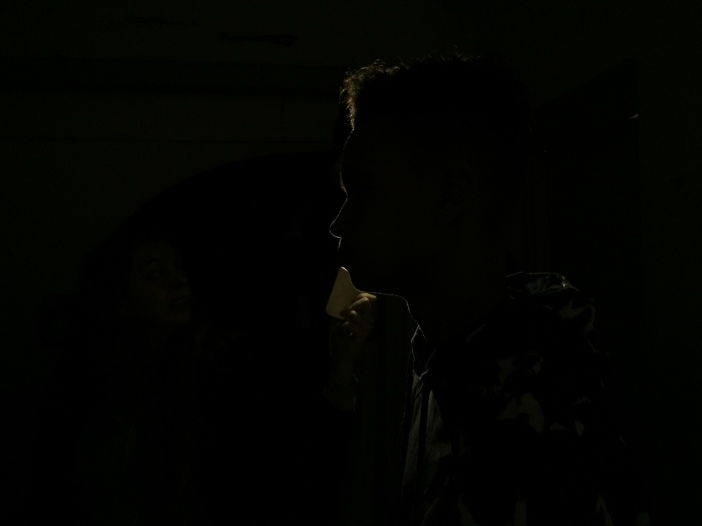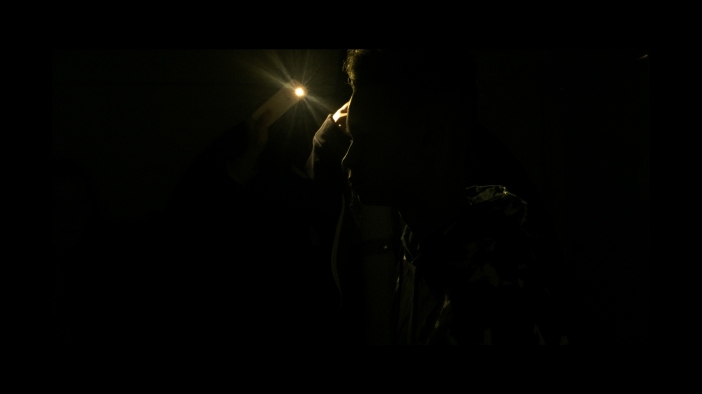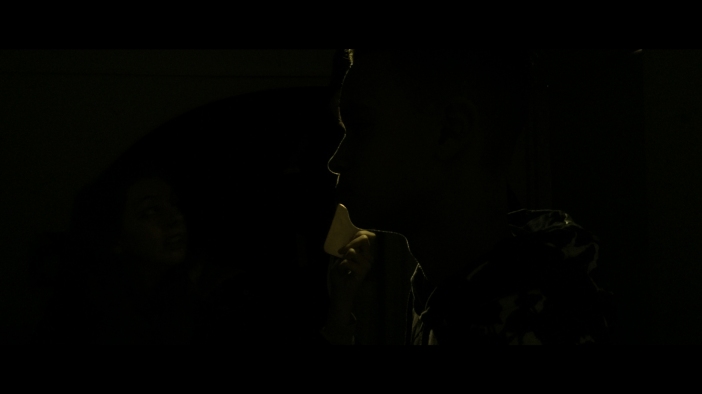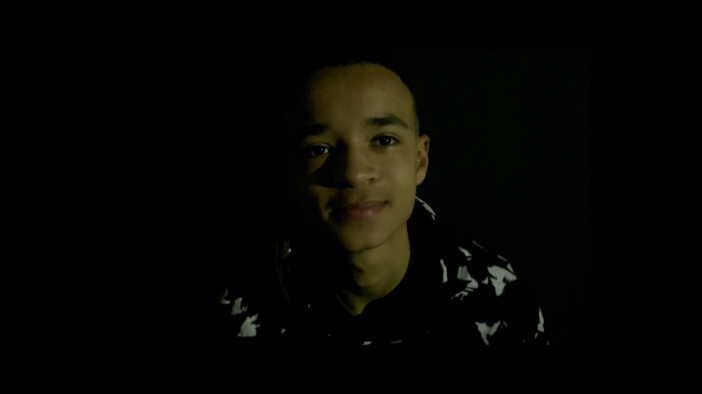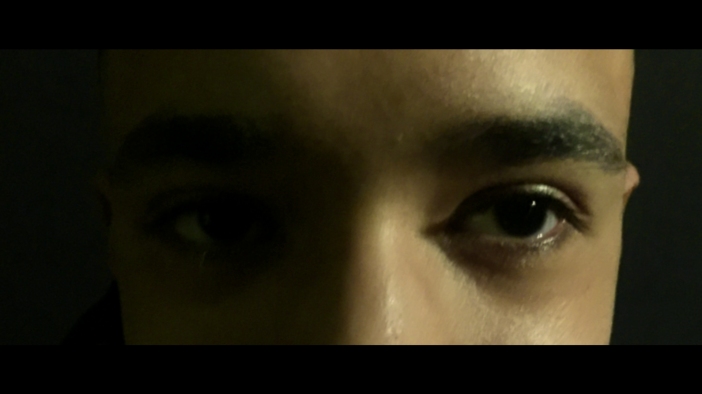What happens in the opening scene is there is a group of young adults relaxing on a beach. A woman that appears to be maybe drunk runs off and gets a man to follow him. She then runs into the sea but the man waits on the beach. She swims out into the more deeper part of the sea, and gets attacked by a great-white shark. I will be trying to break down and analyse how the film attempts to create this opening scene so dramatic and tense through, camera’s, editing, mise en scene and sound.
Then soundtrack gains pase and peaks, then the camera cuts, using a jump cut and changes to a different scene. The music now is a harmonica and guitar playing, portraying the switch from a tense scene to a much more relaxed one. This is very effective as it has already built up the audience then cut instantly to completely different scene. The characters in the scene are dressed very casual, they are conveyed as average middle-class young adults. The camera for the scene is a to a two shot, then the camera pans across to show the audience what is happening in the scene, what the location is, etc. When the camera pan stops it stops on a male individual. The reason this is done is it tells the audience he is an important character, as the camera has just scanned across multiple people then using a one shot stops on him. A match cut is used after this to show who the man is looking at, this could also be described as a motivated cut, because the audience are intrigued to find out who/what the man is looking at. This is where the second main character is introduced, a woman displayed through a one shot looking back at the man, this lets the audience know that she is also important to the film. Both of the characters are dressed very casually to show a normal campfire/party. After more match cuts being used between the two people, a more arial shot is incorporated to fully display the full scene location and show the two characters walk up to each other and decide to run into the sea.
A wide range more distant shot is used to show the two running along the beach, and both panning and tracking is used to focus on both individuals. Then scene continues to carry on to a shot displaying the sun setting in the distance shining over the sea. The characters have ran away from the more relaxed campfire setting to a much more dark and gloomy focused one. The woman swims deeper into the sea, a shot from underneath her is used. It shows the light above the water and the dark body swimming through it, this shot suggests to the audience that something may be below her, that something might be about to happen.
When she emerges from the water is shows a close up on her expression, displaying joy. Then the theme begins, the theme so well known for a tension building and for putting the audience on ‘the edge of their seats’. The camera begins to rise up from what started to be the bottom of the ocean, now getting closer and closer to the body swimming at the top of the water. This now lets the audience know for sure that something is coming up to get her. A match cut switches back to the woman face, the audience know that something is about to happen, that the attack is imminent. With dead silence a loud shocked shout comes from the woman and she is quickly dragged under the water. She splashes back above the water and a close up is used to shows her expression, terrified. She is continued to be dragged back under the water. A variety of shots and cuts are used after this to tie together scene together, but there is a strong attention to sound, there is a huge focus on her screaming and the strong sound of the water splashing and crashing. This continues until she is eventually dragged under the water for the final time, then it shows the man still sitting on the beach just looking out at the sea, and the audience are aware of what has just happened. Then it fades out to black, concluding the opening scene to Jaws.
